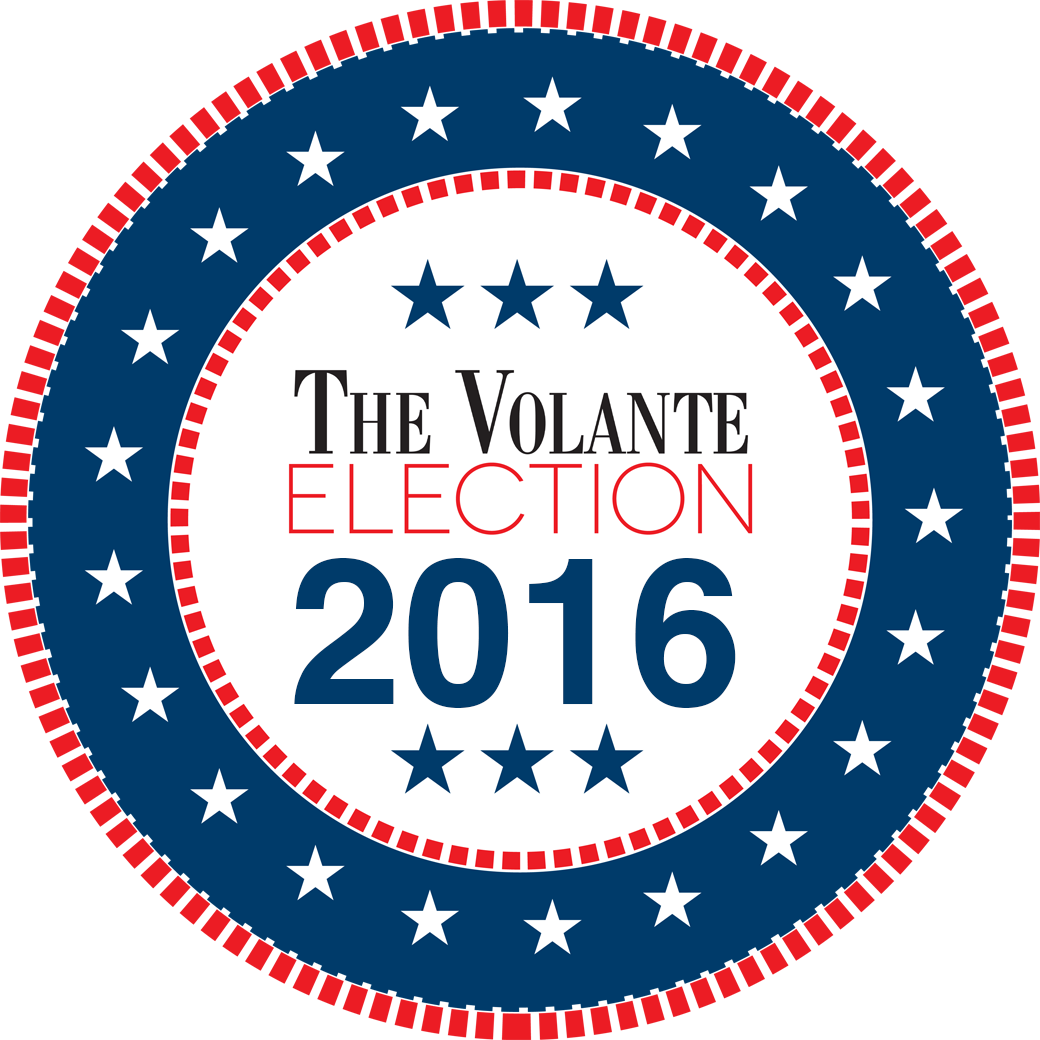
SGA executive campaigns underway
With the announcement last week of two teams running for Student Government Association executive office, work is underway for both the SGA Election Steering Committee and the candidates themselves.
Junior Cameron Frentress and sophomore Anna Madsen were the first to announce candidacy at the SGA meeting held Jan. 19, with junior Nathaniel Steinlicht and junior Michelle Novak announcing their bid just moments after.
Frentress and Steinlicht are pursuing the position of president, with Madsen and Novak as their vice presidents, respectively.
According to SGA by-laws, candidates need to obtain 500 signatures to get on the ballot, which must be submitted to the Election Steering Committee by 5 p.m. on Feb. 16.
Teams must also attend at least one debate either sponsored by SGA or recognized by university entities, according to the by-laws.
Nick Bratvold, chairperson of the Election Steering Committee, said though the five-member committee is in charge of the rules and ethics of the election process, it also serves as a resource for the campaigning teams and senators.
“I would say that the rules are to help us guide in the right direction, but that’s not where we want to spend most of our time talking,” he said. “We want to focus on all the ways that we can assist the campaigns and that we can assist the election process as a whole.”
In addition to connecting candidates with the student body, Bratvold said the committee helps with election logistics like outreach, tabling, debates and other events.
Bratvold said he’s also working with the IT department to ensure the voting process goes smoothly.
A meeting between both executive campaign teams and the Election Steering Committee was held Monday to go over the rules of elections as laid out in the by-laws. Both teams will be required to sign a memorandum of understanding afterwards, Bratvold said.
“(It will say) they get the rules, they understand that they’re in place and that they’re going to lead ethical, upright, faithful campaigns that promote the values of SGA,” he said.
This is the first year an orientation meeting like this has taken place, Bratvold added.
“The most important thing that I’ve come to realize in the various involvements that I’ve been in throughout my time at USD is that communication, transparency, those kinds of things, are very, very important,” he said.
Campaign platforms
Steinlicht and Novak are working on a professional, yet approachable, campaign platform.
“We want students to know that yes, we’re running for office, but we’re still students and we’re still kind of quirky,” Novak said.
Steinlicht and Novak are running a 3-C campaign, which focuses on the areas of campus, community and communication.
Steinlicht said the campus element of their campaign will focus on improving campus facilities such as Wi-Fi and cellphone charging stations.
The community portion of their campaign will mostly involve working with the Vermillion Downtown Cultural Association to strengthen the town’s relationship with students, Novak said.
After the Senate appropriated $20,000 to the VDCA for the Twin Theaters last September, Novak said they want to make sure those resources get put to good use.
“We just want to make sure when those renovations are done, student organizations know they can use those spaces,” she said.
One possible way to increase communication – the team’s third “C” – with students could be through an online suggestion box, Steinlicht said.
“We can keep guessing about what students want us to do, or we can have them actually tell us what they want us to do,” he said.
Like Steinlicht and Novak, student involvement is at the center of Frentress and Madsen’s campaign.
“A lot of people don’t really realize what SGA can do for them and things that they have done,” Madsen said.
An example of that is the new water bottle refill station in the library that SGA helped fund, she said.
“Especially talking to freshmen. I remember when I was a freshman, I really had no idea what SGA was or what they did,” Madsen said. “So getting the freshmen involved early, because that’ll just bring them in long-term.”
Frentress said though he can’t be sure about what issues will present themselves next year, he believes safety will be one of them.
“Safety is always a big one,” he said.
Steinlicht also said it’s hard to predict what challenges will face SGA in the future, but he believes one issue in particular will likely resurface.
“I think sustainability is one (issue) the university is constantly wrestling with. It seems to be taking so long to do anything with it,” he said. “That could be a very possible issue.”
Casting ballots
Voting for the new SGA president and vice president will take place March 2 and 3. Poll results will be announced as soon as they’re available, Bratvold said.
“I think everybody’s just kind of excited that this is happening between two teams now,” Bratvold said. “That’s the big thing that I think everybody’s really energized about. That and the fact that we’re having a second debate this year.”
Historically, only one debate – hosted by the Cross Media Council – has been held during SGA elections. The CMC will host its debate Feb. 25.
This year, the Rushmore Public Institute and Political Science League will be hosting a debate Feb. 29.
“It’s just exciting in general. Especially because there are two teams, it’ll definitely just make some healthy competition,” Madsen said. “It’ll be nice to kind of compare our ideas and see how we work with each other to make SGA better.”


